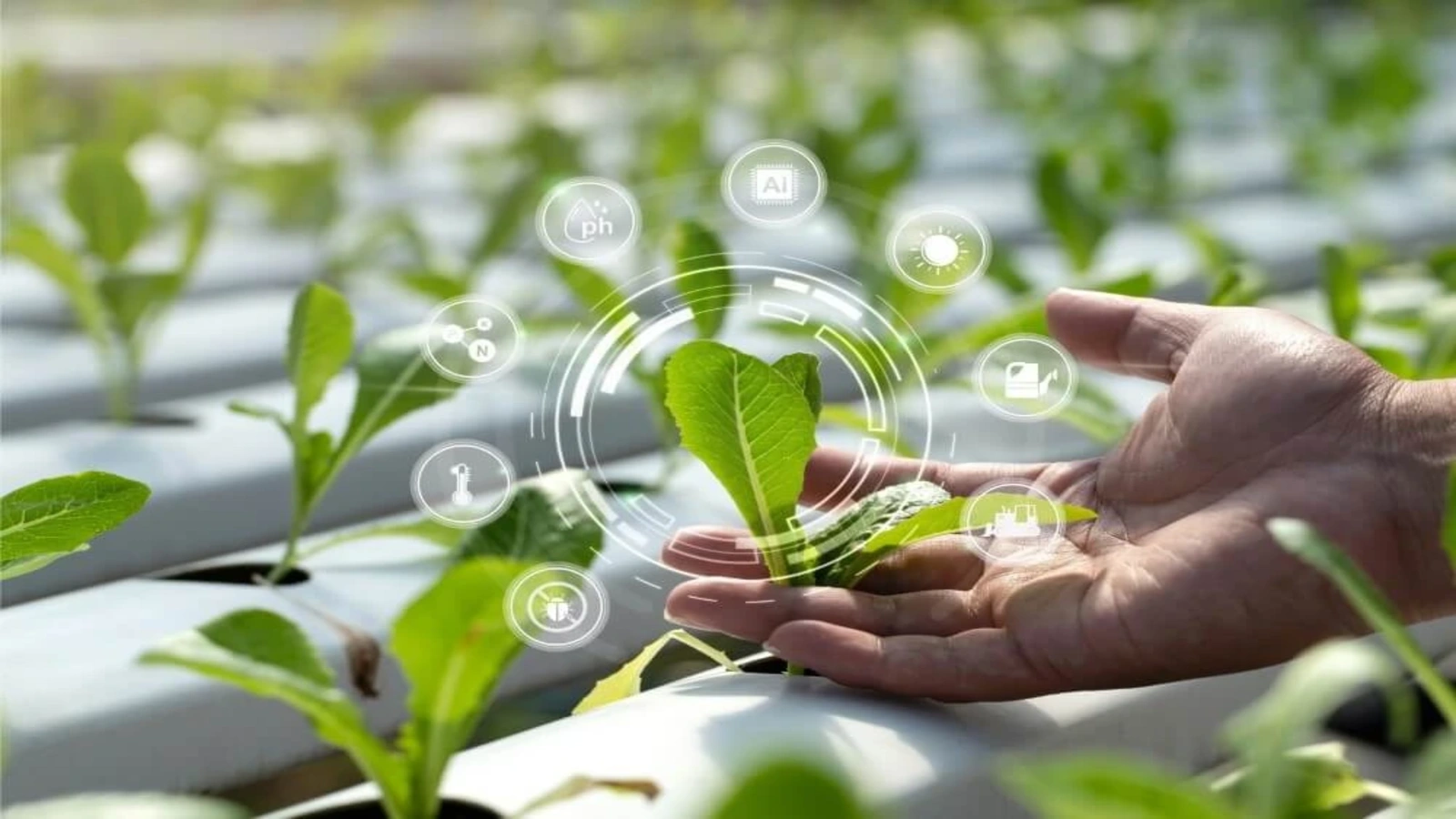Feminine Hygiene Indian Market
Share Post
(Source: Global Feminine Hygiene Market provided by Mordar Intelligence, provided by EMIS/CEIC)
FEMININE HYGIENE MARKET, REVENUE IN USD MILLION, INDIA, 2018-2028
CAGR (2023-2028): 12.73%
The Indian feminine hygiene market was valued at INR 8161.9 Crore in 2022. It is projected to reach INR 16755.9 Crore by 2028, registering a CAGR of 12.73% during the forecast period (2023-2028).
MARKET OVERVIEW/DRIVERS
• The increasing awareness about intimate hygiene and increased preference for menstrual products, like sanitary pads, tampons, and panty liners, have increased the demand for feminine hygiene products in India. The government and welfare associations are making initiatives to spread hygiene awareness. For instance, in September 2023, the Health and Family Welfare Department, Mangaluru, distributed menstrual cups under the ‘Shuchi–Nanna Maithri’ menstrual cup projec
t. • E-commerce is democratizing the market for female hygiene products in India. In Tier 1 towns and metropolitan cities, women are seen experimenting with alternative products, like tampons and menstrual cups. Increased internet penetration in Tier 2 and Tier 3 cities is also driving the growth of feminine hygiene products through e-commerce sites. The population of Indian women in 2022 was 685 million, as per World Bank data.
MARKET DEVELOPMENTS
• The Indian feminine hygiene market has witnessed product innovation and advancement in recent years, which is expected to increase the sales of feminine hygiene product products in the coming years. For instance, in May 2023, a leading premium and affordable hygiene company, Niine Sanitary Napkins, launched CIPET-certified PLA-based biodegradable sanitary pads. The company claims that these pads decompose up to 90% within 175 days and the rest within a year. Niine Sanitary Napkins company plans to invest INR 500 crores in the next five years. The company already invested INR 300 crores in 2023 for the production of these pads in the country. MARKET TRENDS
• The non-biodegradability of feminine hygiene products is a major environmental problem. However,to address this concern, companies are introducing green, sustainable, reusable, and organic products in the market. For instance, in 2022, Pune-based “Onpery’ launched green menstrual health products such as menstrual cups, reusable sanitary pads, pant liners, period underwear, and menstrual discs.
MARKET RESTRAINTS • Although the Government of India has launched several awareness programs across the country about women’s menstrual hygiene, menstruation continues to be a taboo, especially in rural areas, thereby impeding the growth of the market studied. As per the Population Foundation of India (PFI) survey, in 2022, half of the women in Bihar, Uttar Pradesh, and Rajasthan had no access to sanitary pads. COMPETITIVE LANDSCAPE • The Indian feminine hygiene market is highly competitive, with the presence of various global and regional companies. Manufacturers are focusing on product development and omnichannel strategy with a strong presence in traditional stores to improve their market share. For instance, in January 2023, Kimberly Clark-owned Kotex brand launched Kotex Prohealth sanitary pads in India. Similarly, in March 2022, the Kolkata-based unit “Garima Griha,” set up by the Union Ministry of Social Justice, launched low-cost sanitary napkins for transgenders.
11:49 AM, Aug 20






.webp)

1.webp)
1.webp)

1.webp)
1.webp)
1.webp)































().png)























